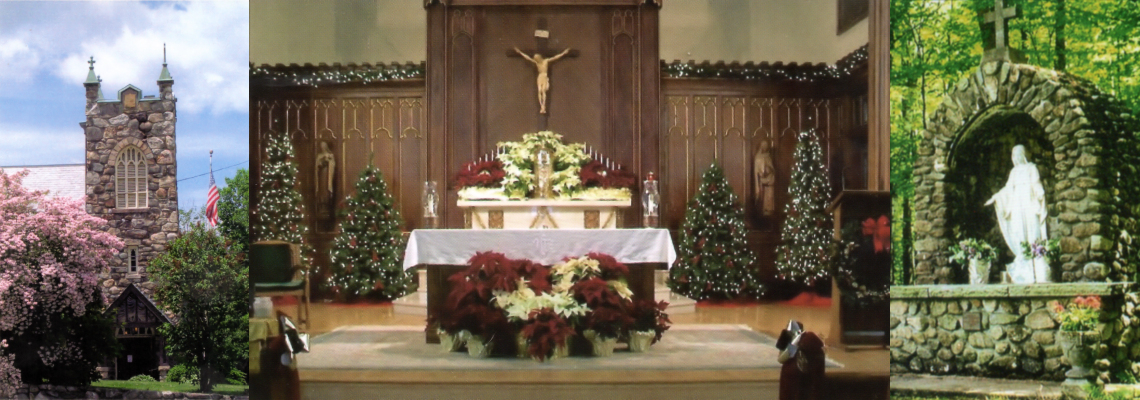After the prophet Elisha died, he was buried in a cave. Sometime later, the body of another dead man had to be cast into the same cave hastily so those burying him could avoid a band of marauders. Then, “when the man came in contact with the bones of Elisha, he came back to life and rose to his feet” (2 Kgs 13:20-21).
This story from 2 Kings provides a biblical example of a “relic,” which is an object connected with our Lord or a saint. Throughout biblical and Church history, relics have been venerated and have often demonstrated a capacity to convey the power of God through miracles, especially miracles of healing.
The Church divides relics into three classes. A first-class relic is a part of a saint’s body, as in the case of Elisha’s bones. A second-class relic is something a saint used during his life on earth, such as clothing. The Bible also records an instance of such a relic and its power: Elijah’s mantle, which parted the Jordan River after the prophet had gone to heaven: “Wielding the mantle which had fallen from Elijah, [Elisha] struck the water…. When Elisha struck the water it divided and he crossed over” (2 Kgs 2:14).
Third-class relics are objects that have been touched by a first-class relic. The Bible notes an example of this kind of relic, too, and the miracles it may work: “So extraordinary were the mighty deeds God accomplished at the hands of Paul that when face cloths or aprons that touched his skin were applied to the sick, their diseases left them and the evil spirits came out of them” (Acts 19:11-12).
We must keep in mind that the miraculous power conveyed through relics is not some kind of magic. It is simply God’s power acting through material means, analogous to the way he acts through the matter of sacraments and sacramentals — or, for that matter, the way he sometimes works miracles through the touch of a saint’s hands long before the saint’s death (see “Why Are Sacraments Necessary?”).
Why would a saint’s relics be venerated? We might just as well ask why a woman would carry a lock of her beloved’s hair in a locket around her neck. The affection and honor shown a relic overflow from the affection and honor shown to the saints themselves, who are dear to us as exemplars of God’s grace, love, and holiness.
Related Scripture:
Texts Cited: 2 Kgs 2:14; 13:20-21 • Acts 19:11-12
General: Ps 91:15; 112:1-9 • Mt 10:8 • Mk 16:17-18 • Acts 2:43; 3:1-13; 5:12-16; 8:1-8; 9:32-42; 14:3, 8-15; 16:18; 20:9-11; 28:8-10 • 1 Cor 12:28
Catechism of the Catholic Church: 828 • 1674
